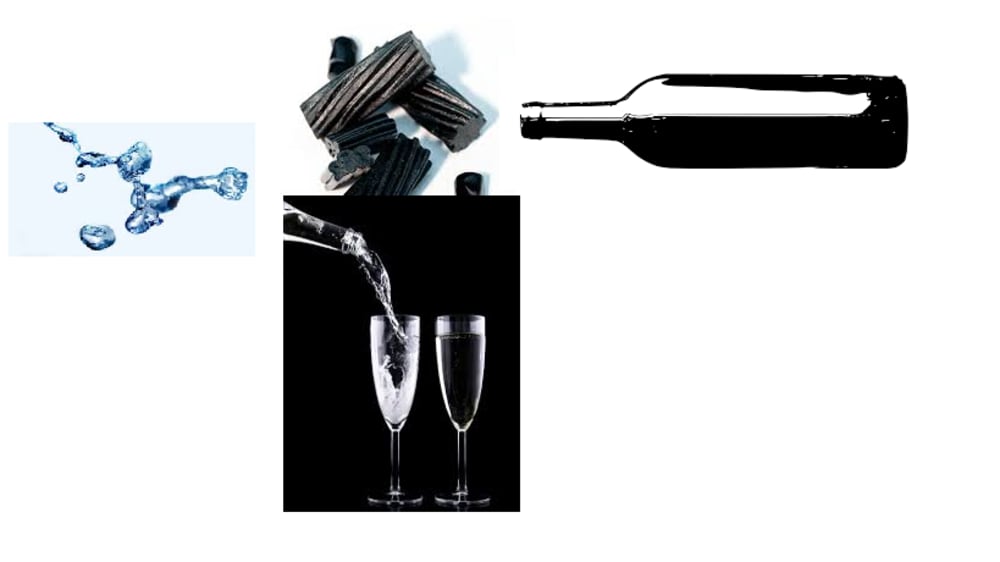Products with marketing campaigns exist, striving to accurately meet the desires of purchasers.
Imagine: A quality beverage with recipes of historical nature, updated to construct a recognizable reputation. The innovation dominates in the target market.
Problem: For novices and consumers alike, choices vary in campaign and form. For example, expiration dates indicate freshness. With scientific innovation, products extend their lifespan. Language evolution identifies these markers. As we have come to find, eskimo’s have 20+ words for snow in varying states. All may leave a person wondering; what’s the difference?
Solution: Upon conception, color changing vodka was not just meant to increase quality of life in the 21+ leisure marketplace, but also allow its audience to deconstruct the inherently scientific message. By incorporating common gimmicks creators learned in fields of science and communication, it aims to answer with: That explains everything.
Marketability: As one might hire a lifeguard at a pool, alcohol is potent and a regulated produce. The color changing vodka concept utilizes age laws to its benefit. It’s fragranced with undiluted black licorice, a flavor many children initially protest when found in their candy, to graduate the purchaser to the refined taste and knowledge of adulthood. At the same time, the ethanol is dyed black with content at the 90% level for strength. A small amount would fill a room. Finally, it educates the consumer. Because of its strength, creators expect the product to be sipped gingerly or diluted for palatability. Once diluted with water and not ice, its color changes to white in a magic trick; some might say. The sticker price reflects its ideal as the go-to top-shelf choice for a VIP experience.
Innovation: Provides lasting refreshment with engagingly discernable potency measurement.
Scientific Principles: The licorice essential oil is a hydrophobic lipid. Purposes include storage/structure. Ethanol dissolves oil in a stable manner. As oils are now less dense and ethanol participates in hydrogen bonding, as a solution it exhibits the principles of oxidation and nucleation utilizing most of the methods of perception.
Manufacturability:
- Because the NFPA (National Fire Protection Association) classifies ethanol as a flammable, it must be kept in adequately ventilated areas according to Lower Explosive Limits. For producers, this means a sense of assurance as to purity and places predictable units of measurement to toxicity, both as a recipient and as an initiate.
- The product is not yet patented due to concerns in finding an appropriate trademark name; with creators insisting upon the “vodka black and white” concept both historical and essential. The setback can be resolved when pursued.
- Ethanol and fragrance are sourced for the product; with a number of viable options under consideration as dye. Creators seek an extension of their messaging goals with existing brands.
*all photos in illustration courtesy of Google Advanced Image Search filtered by free to use, share or modify, even commercially*
Like this entry?
-
About the Entrant
- Name:Amira El
- Type of entry:individual
- Patent status:none

